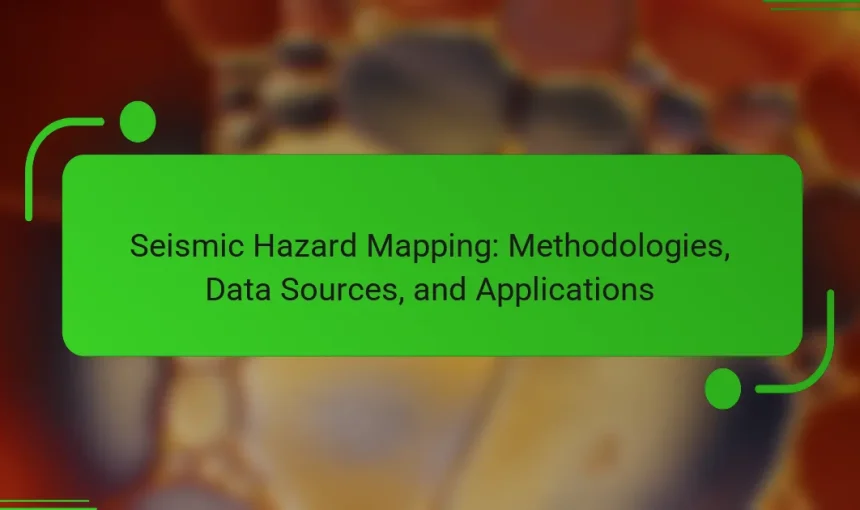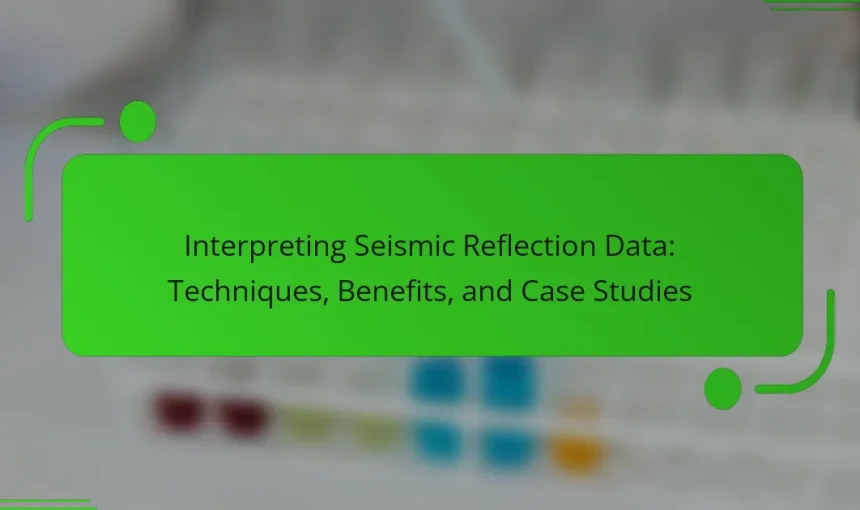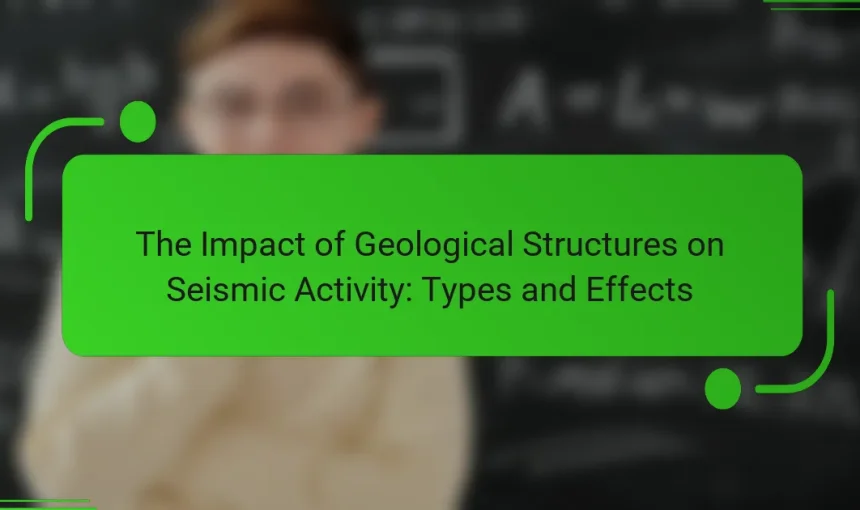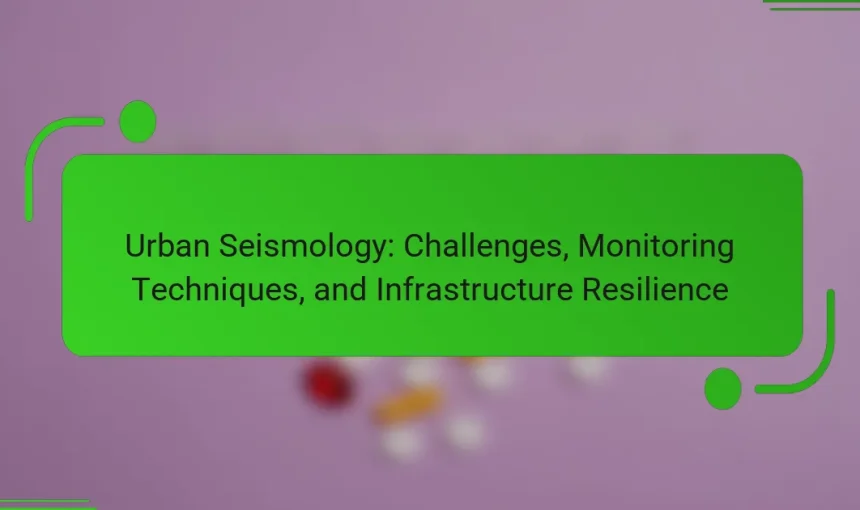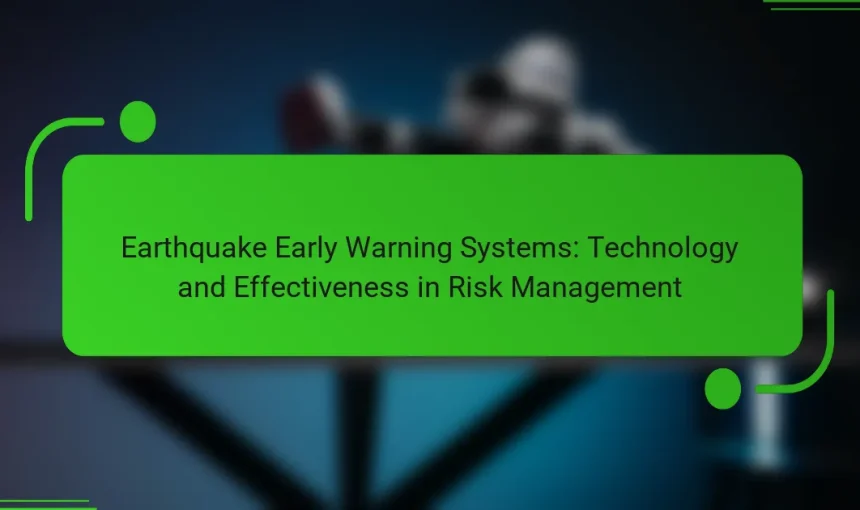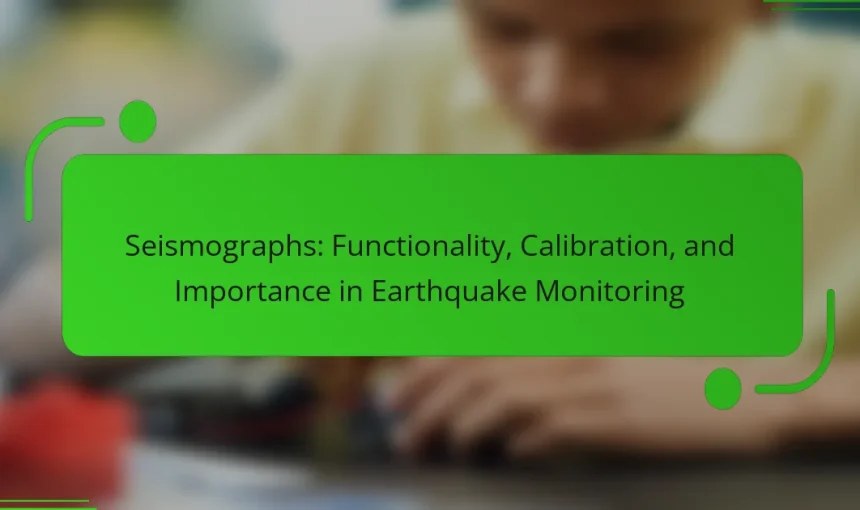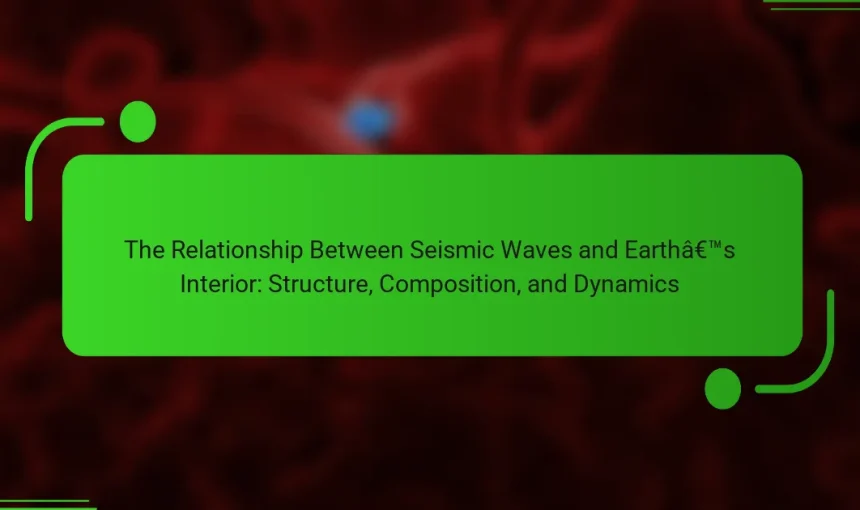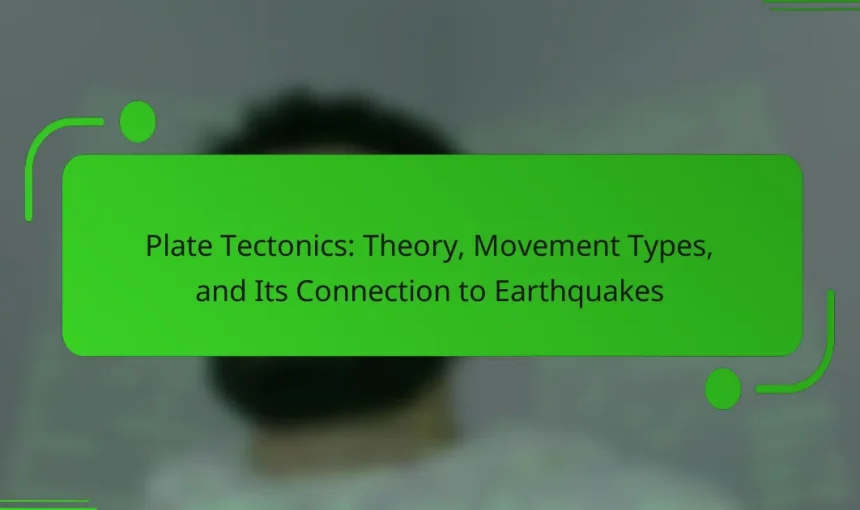Seismic hazard mapping is a scientific process that evaluates the potential for earthquake-related hazards in specific regions. It employs historical seismic data, geological studies, and probabilistic models to identify risks such as ground shaking and surface rupture. The article outlines the methodologies used in seismic hazard mapping, including data sources like historical earthquake records and […]
Seismic reflection data refers to the information obtained from seismic waves that bounce off subsurface geological structures, primarily utilized in geophysical surveys to map the Earth’s interior. This article delves into the various techniques for interpreting seismic reflection data, including seismic stratigraphy, amplitude versus offset (AVO) analysis, and time-depth conversion. It highlights the benefits of […]
Geological structures, including faults, folds, and rock layers, play a crucial role in influencing seismic activity. Faults are fractures in the Earth’s crust where movement occurs, often leading to earthquakes, while folds are bends in rock layers resulting from tectonic forces. The interaction of these structures can lead to stress accumulation, which, when exceeded, results […]
Urban seismology is the study of seismic activity within cities, focusing on the impact of earthquakes on urban infrastructure. This field analyzes ground motion, building responses, and potential hazards, integrating data from seismic networks with urban planning to enhance earthquake preparedness. The article explores the challenges faced in urban seismology, advanced monitoring techniques employed to […]
Innovations in seismological instrumentation encompass advanced sensors, real-time data processing, and improved communication systems, all aimed at enhancing earthquake detection and monitoring. Key technologies include fiber-optic sensors for precise ground movement detection, machine learning algorithms for efficient data analysis, and wireless networks for rapid data transmission from remote areas. These advancements are vital for natural […]
GPS systems are satellite-based navigation tools that provide accurate location data, crucial for various applications, including earthquake monitoring. These systems utilize a network of satellites to detect ground movement and shifts in the Earth’s crust, offering real-time data on tectonic activity. By measuring displacements as small as a few millimeters, GPS technology enhances the understanding […]
Earthquake Early Warning Systems (EEWS) are advanced technologies that detect seismic activity and provide timely alerts to mitigate risks associated with earthquakes. These systems rely on a network of seismic sensors to monitor ground movements and analyze data to determine the earthquake’s magnitude and location. Upon detection, alerts are dispatched to individuals and infrastructure at […]
Seismographs are specialized instruments designed to measure and record ground motion during earthquakes by detecting vibrations from seismic waves. These devices consist of a mass, a spring, and a recording mechanism, which together produce a seismogram capturing the relative motion between the stationary mass and the moving ground. Calibration of seismographs is essential for ensuring […]
Seismic waves are energy waves produced by geological events, such as earthquakes, that travel through the Earth and provide insights into its internal structure. There are two primary types of seismic waves: P-waves, which can move through both solids and liquids, and S-waves, which can only travel through solids. The propagation of these waves reveals […]
Plate tectonics is a scientific theory that explains the movement of Earth’s lithosphere, which consists of rigid plates floating on the semi-fluid asthenosphere. The article outlines the types of plate movements, including divergent, convergent, and transform boundaries, and their geological implications, such as the formation of new crust, subduction zones, and fault lines. It also […]
